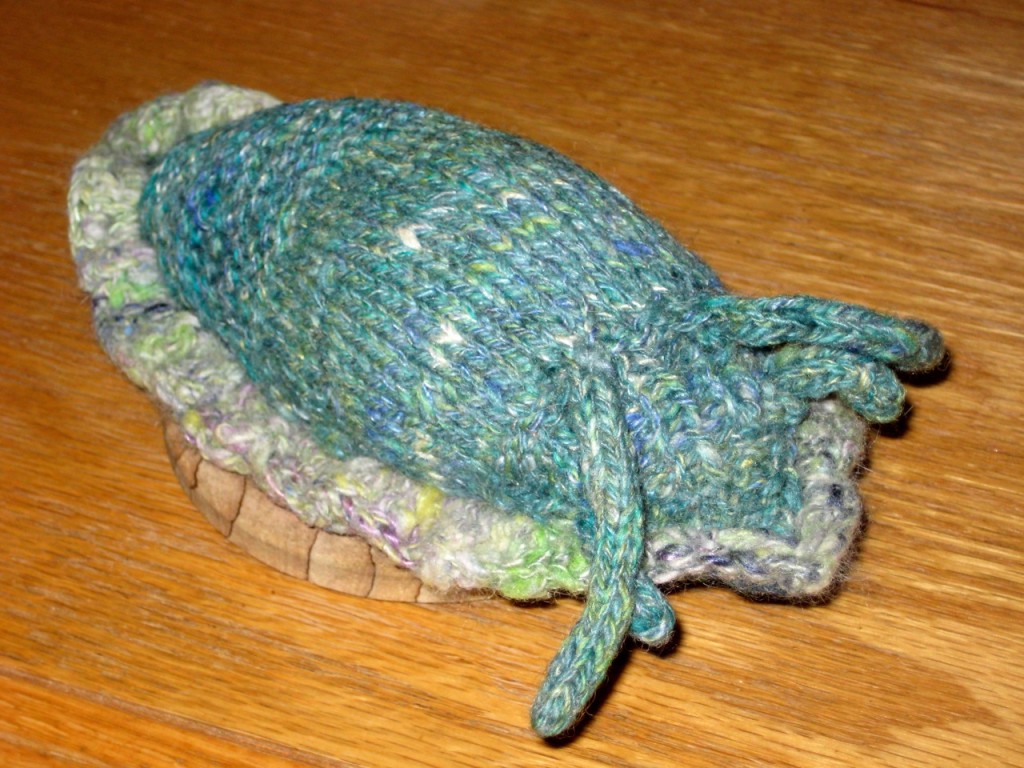With a lot of my relatives—parents, in-laws, aunts, uncles—a generation older than me, I’ve started to hear a good bit of short-term thinking. People are talking about doing things “one last time.” People are giving up on long yearned-for possibilities, deciding that there is no longer time to see them through to completion. In the prioritization of projects, people are contemplating that only a handful of top priorities will ever get done.
Worse, I’m finding myself doing that. A few things that I’d always thought I’d do “someday” are beginning to seem unlikely. So far it’s a very few, but it’s more than none.
I’m resisting that sort of thinking as premature, and I have a powerful first-hand experience with premature short-term thinking, that’s turning out to be a big help.
My first car was a VW GTI. I bought it new in 1983. For the first several years I owned it, I made a point of fixing everything that broke, including some trivial little details. This was in large measure a reaction against the way the cars I’d driven up until then had been treated. Their owners (not me) had evaluated each defect as to whether it needed to be fixed for the car to provide safe, reliable transportation. Repairs that didn’t make the cut were evaluated again, against a complex array of criteria—esthetic, comfort, cost, convenience—and those that didn’t make the cut didn’t get fixed.
In several cases, I was the primary driver of the vehicle, but my input into whether this or that defect made such an impact on comfort as to be worth fixing seemed to be treated as a relatively small factor, often outweighed by someone else’s (the owner’s) largely theoretical sense as to whether the impact on comfort justified the cost.
Now, finally, I was the owner of the car, and earned enough money to afford the repairs. I chose to fix everything that needed fixing.
This lasted until the second time a repair failed. The vent windows (I hardly expect anyone younger than me to even remember what vent windows were) were glued to a piece of metal attached to a shaft about which they could rotate. The glue failed. I had them repaired, but the glue failed again. I had them repaired again, and once again the glue failed.
I believe it was that failure, when the car was probably only barely 2 years old, that prompted me to begin measuring every repair against cost and convenience.
When the car was 4 years old, and the loan was paid off, I started letting certain things slide. I think I had a mental target that I’d keep the car for another 4 years—so that I’d have owned it for as many years after it was paid off as I’d spent paying it off. Certain problems just seemed like they weren’t worth fixing, if I was only going to own the car for another few years.
Except that I ended up keeping the car for 17 years.
I remind myself of that, whenever I find myself engaging in short-term thinking more appropriate for people a generation older than me. I try to provide that perspective to my older relatives as well. If you haven’t yet been diagnosed with whatever is going to kill you, there’s every reason to figure that you’ll live for decades to come.
Medicine has not yet made much headway against the fact that nobody makes it past 114, but with so many baby-boomers moving into their late 60s, a whole lot of money is going to get spent on exactly that problem. You can’t count on making it to any age, but you’re making a mistake if you make plans that don’t include the possibility of living to 114, and maybe beyond.
Stick with long-term thinking. I’d have been a lot happier with my car, if I’d spent a few hundred dollars getting things fixed, and I’d not have regretted any of them. I don’t even really regret the $1500 I spent getting the front axle repaired about a year before I ended up selling the car for $300.








